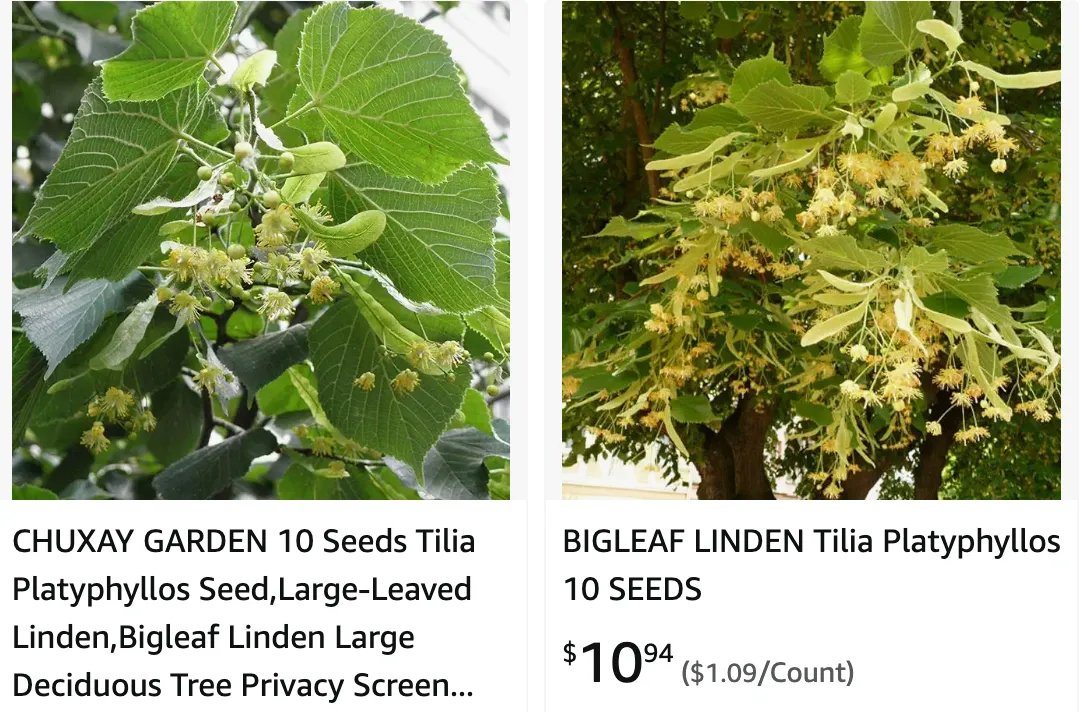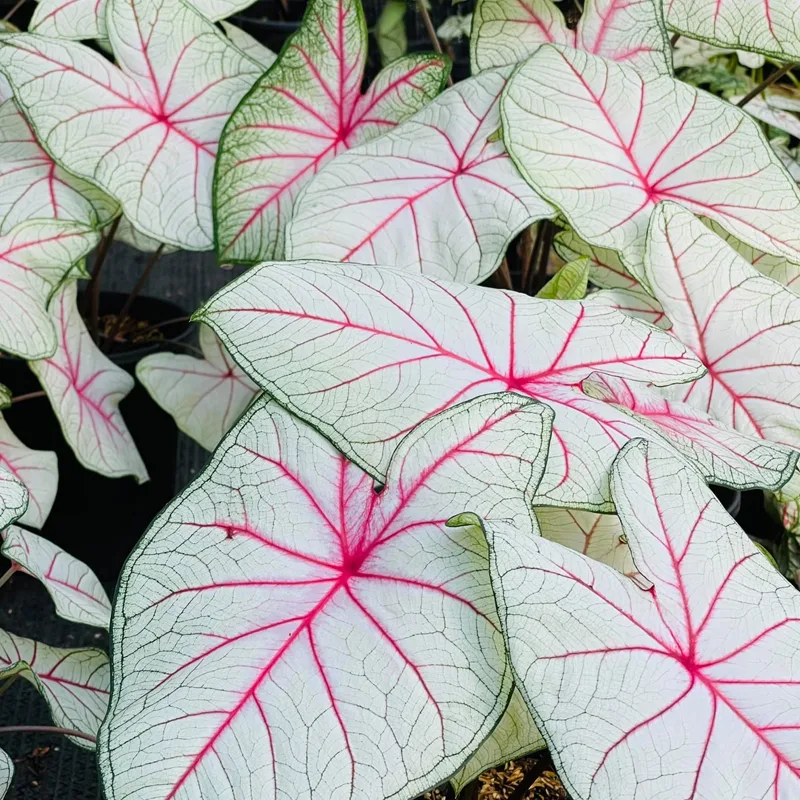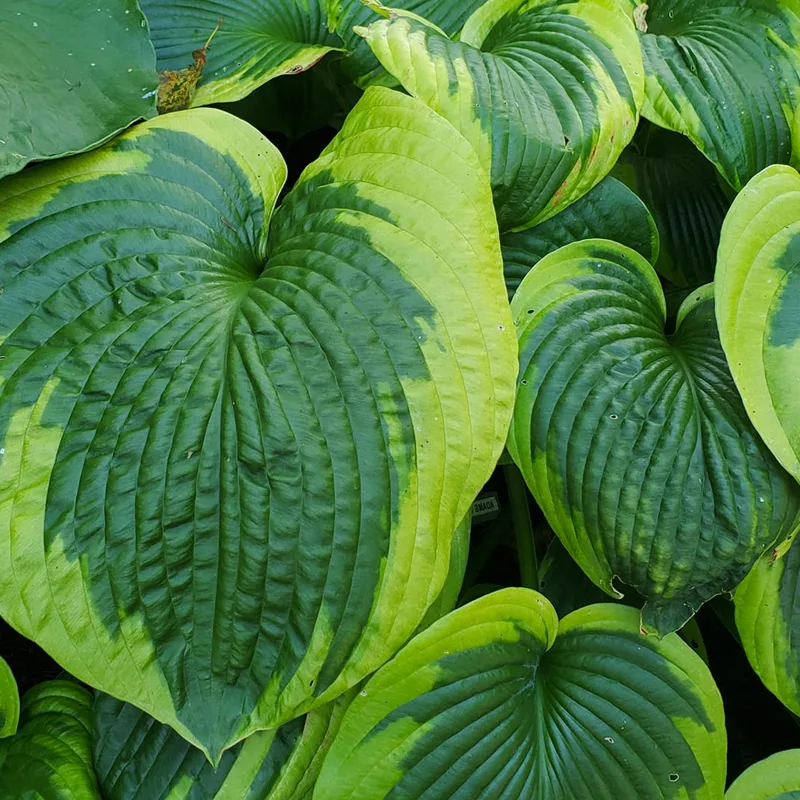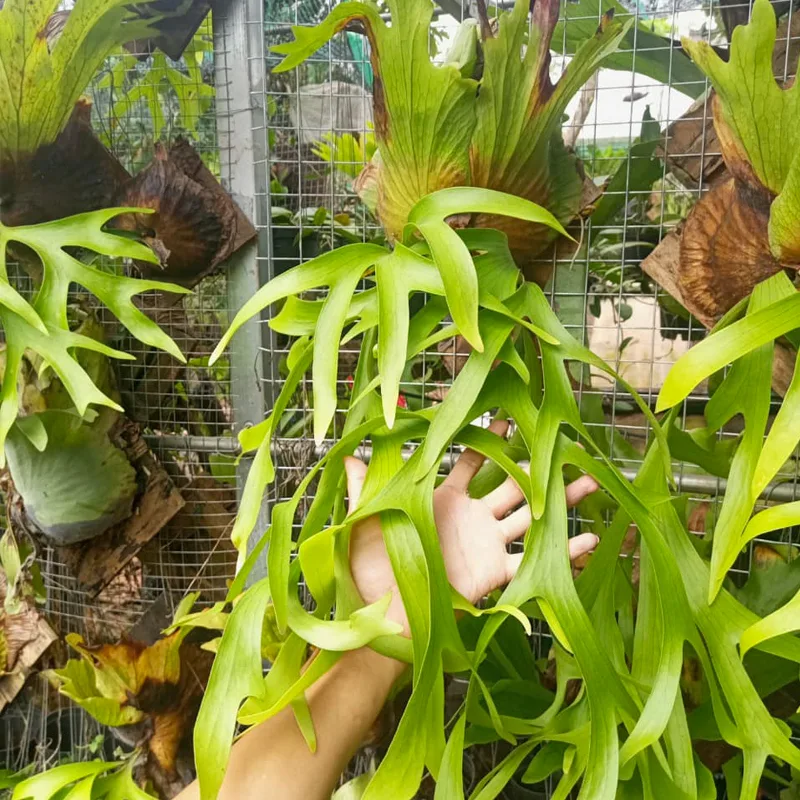
The Majestic Tilia Platyphyllos: A Showstopper for Any Garden
For the past few years, I’s been on a mission to transform my backyard into a haven for beautiful and interesting trees. One species that recently caught my eye is the Tilia platyphyllos, also known as the large-leaved lime or large-leaved linden. This magnificent tree boasts a grandeur that I simply couldn’t resist.
38 Species in Genus Tilia – Linden Tree
What is Tilia Platyphyllos?
The Tilia platyphyllos is a deciduous giant, native to much of Europe and southwestern Asia. It’s a member of the Malvaceae family, closely related to hibiscus and hollyhocks. This stately tree can reach a height of 40 meters (130 feet) at maturity, boasting a broad, ovoid to round crown and a majestic, rounded top. Young stems are a distinctive reddish-brown, maturing to a dark grey bark with fine fissures and furrows.
Why Plant a Tilia Platyphyllos?
There are many reasons to consider adding a Tilia platyphyllos to your landscape. Here are just a few:
- Stunning Beauty: The large, heart-shaped leaves of the Tilia platyphyllos are a sight to behold. They can reach up to 15 centimeters (6 inches) in width, and their vibrant green color adds a touch of elegance to any garden.
- Fragrant Blooms: In early summer, the Tilia platyphyllos comes alive with clusters of creamy-white flowers. These fragrant blossoms not only add a touch of romance to the landscape but also attract a variety of pollinators, including bees and butterflies.
- Long-lasting Shade: With its expansive crown, the Tilia platyphyllos provides excellent shade. This makes it a perfect choice for creating a cool and inviting space in your backyard, ideal for relaxing on a hot summer day.
- Adaptability: The Tilia platyphyllos is a relatively adaptable tree, tolerant of a wide range of soil conditions and moderately drought-resistant once established.
How to Care for Tilia Platyphyllos?
While the Tilia platyphyllos is a relatively low-maintenance tree, there are a few things to keep in mind to ensure it thrives in your garden:
- Planting: The best time to plant a Tilia platyphyllos is in the fall or early spring, when the tree is dormant. Choose a location that receives full sun to part shade and has well-draining soil.
- Watering: Water your Tilia platyphyllos regularly, especially during its first few years after planting. Once established, it can tolerate moderate drought conditions.
- Pruning: While not strictly necessary, you can prune your Tilia platyphyllos to maintain its desired shape and size. Prune in late winter or early spring before new growth appears.
How to Propagate Tilia Platyphyllos?
There are two main ways to propagate a Tilia platyphyllos:
- Seed: Propagation by seed is a slow process and can take several years for the seedlings to reach a mature size. Seeds should be stratified (exposed to cold temperatures) before planting.
- Semi-hardwood Cuttings: This is a more reliable method of propagation for Tilia platyphyllos. Take semi-hardwood cuttings in late summer and plant them in a pot with a well-draining potting mix.
What to Plant With Tilia Platyphyllos?
The Tilia platyphyllos pairs well with a variety of other plants. Here are a few ideas:
- Spring Bulbs: Plant spring bulbs like daffodils and tulips under the canopy of your Tilia platyphyllos to create a burst of color in early spring.
- Hostas: Hostas, with their shade-loving nature and vibrant foliage, make excellent companions for the Tilia platyphyllos.
- Ferns: Ferns add a touch of texture and elegance to the shade provided by the Tilia platyphyllos.
Where to Buy Tilia Platyphyllos?
Finding a Tilia platyphyllos for sale may require some searching, especially depending on your location. Local nurseries specializing in unusual trees may be your best bet. You can also try searching online retailers that specialize in rare trees.
Conclusion
The Tilia platyphyllos is a magnificent tree that can add beauty, shade, and fragrance to your garden. With its relatively low-maintenance needs and long lifespan, it’s an investment that will provide enjoyment for generations to come. So, if you’re looking for a statement piece for your landscape, consider the Tilia platyphyllos. You won’t be disappointed.
If i die, water my plants!



